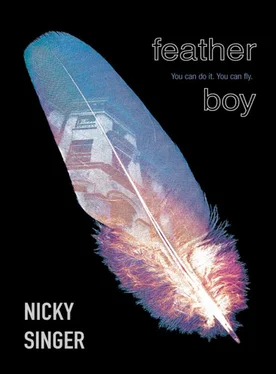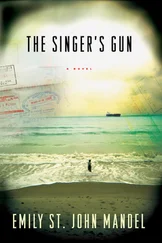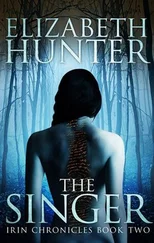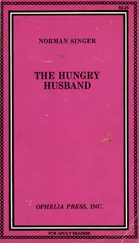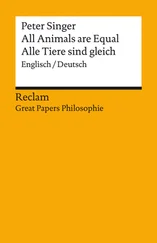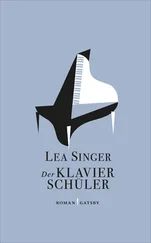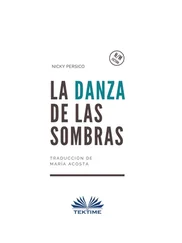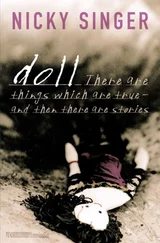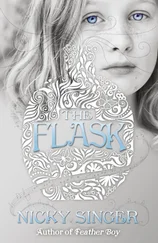“I’d really like to go to St Albans. In fact, I think I have to go to St Albans.”
She shuts her eyes.
“Do you think we could?”
“Mmm.” She’s asleep. I lift the teacup from her lap. Where her skirt has ridden up I can see blood throbbing in her varicose vein.
In the kitchen I make myself a sandwich and then I return to my desk.
“It’s really not far,” yaps Edith Sorrel.
That’s when I decide to set the dream alarm. It’s not an exact science but it sometimes works for me. All I have to do is think about whatever it is that’s bothering me and then set the alarm for 3am. I’ve tried many different times of night but all my best results have come from 3am. Too early in the night and my dreams don’t really seem to have got going, too near the morning and they seem to be petering out. At 3am, I’m normally in the middle of some seething epic. As soon as the alarm goes, I start scribbling. I write down everything I can remember in my dream diary. Even the stupid and inconsequential stuff. Mainly that actually. I note all the colours, the people, the buildings, the looks, the feelings. But I don’t try to make sense of anything. In any case there often isn’t much sense to be made. But in the morning it’s different. Once or twice I’ve woken with some completely crystalline idea about a problem. An idea which often bears no relation to whatever I scribbled down in the night, but it’s still there like some perfect jewel on my pillow. Of course, it’s not always like that. Much more often I have to go back to the diary, reading and re-reading until something jumps out at me – a word, a colour, a phrase, a clue. Something to work with. Naturally, I always hope for the jewel. But somehow I can’t see that happening with Chance House.
Once I’ve decided to use the dream alarm, the evening normally passes mournfully slowly. But not tonight. It only seems a moment before I’m in bed. Then it’s just a matter of going through the ritual. I lie on my back, close my eyes, and relax my body, starting with my feet. When all my limbs are so heavy that the mattress seems dented with them, I turn to my mind. This is when it can get tricky. I think about the problem – in this case Chance House – but I try not to direct my thoughts. It works better if I can keep everything loose and unfocused. If images come, and they do, I attempt to follow them, but not to pursue them, so they can choose their own way. It normally takes a while for the vague, meandering flow to begin. But Chance House conjures itself at once, arriving exact and massive in my imagination. It’s a huge edifice of dirty cream brick. Wide, concrete steps lead to a forbidding door. The door handle is a twisted ring of metal, fashioned like a rope. I imagine myself walking up the steps, grasping the handle in both hands and passing boldly into Edith’s past and my future. But that’s not what happens. I do walk up the steps. But the moment I touch the door, there is a flash and a bang and the house disappears. Or that’s what I believe at first. A little while later, as I stand in the dark, it occurs to me that maybe I have disappeared.
Next thing I’m aware of is Mum shaking me by the shoulders.
“Robert,” she says gently.
At once I’m in action mode, it can’t be more than three seconds before I’m bolt upright, pencil in hand.
“Room,” I write in my dream diary. “Small, cosy, warm, not unlike my bedroom.”
“Robert?”
“People: me, Mum. Atmosphere: everyday, normal. Colours: pale but bright, morning colours.”
Mum gets up and opens the curtains. It is bright. In fact, it is morning.
I grab for my clock, focus. Focus again.
“You set the alarm for three am,” says Mum. “You silly chump.” She smiles, touches me lightly on the head.
“What!”
“Lucky I noticed, eh?” says my mother.
I fall backwards on to the bed. She re-set the alarm. She re-set the alarm! I don’t believe it. I pull the duvet over my head.
“Come on now,” she says, “seven-thirty. Chop chop.”
She leaves.
I wail, I moan, I thump the mattress. Then I get dressed.
“I’m on lates,” says Mum over breakfast. “Do you want me to walk you to school?”
“No,” I say. “No, thanks.” Niker says only girls and wusses are walked to school.
Mum notes what I eat (one slice of toast with strawberry jam), what I drink (nothing) and then she follows me to the bathroom and fiddles about while I clean my teeth. She watches me put my library book and football boots in my school bag and then I watch her as she takes them out again. She puts the boots, which are mud-free, in a plastic bag, examines the library book, remarks, “Haven’t you read this before?” and then replaces both items in the bag. After which she checks the time.
“You don’t have to go yet,” she says.
It’s twenty to nine. The journey to school – via The Dog Leg – is about five minutes. “I like being early,” I say. “I get to use the computers.” Actually Mr Biddulph doesn’t get in till nine-thirty and the computer room is locked like Fort Knox. But Mum doesn’t know that.
“I’ll get you a computer one day,” she says. “I’ll save up.”
“I didn’t mean that.”
“I know you didn’t, love.”
“Mum…”
“Yes?”
“Doesn’t matter.”
I peck her quickly on the cheek and go out the back way. As I shut the patio gate, I wave and then turn as if I was going in the direction of The Dog Leg.
Only the locals call it The Dog Leg. Its real name is the Cut, because that’s what it is, a zig-zag passage that acts as a short cut between The Lane and Stanhope Avenue. Some people say it’s called The Dog Leg because that’s how it’s shaped – like the back leg of a dog. Personally, I think that would make for one pretty deformed dog. The passage goes twenty yards east, then right-angles north for ten yards, then sharp east again for another ten and finally sharp north before coming out into daylight under the arch of two Stanhope Avenue houses, which are joined at the second floor level like some architectural Siamese twins. Other people say the passage is called The Dog Leg because that’s what happens there. Dogs lift their legs. At the lamp-posts. If only they knew.
There are two lamp-posts, not the concrete sort you see in ordinary streets, with the lozenge of orange light at the top, but ones that look as if they’ve come out of Narnia. Old-fashioned, fluted metal lamp-posts in pale green surmounted by hexagonal glass lamps which glimmer with that soft gas mantle light. Sticking out horizontally, just below the lamp itself, is a fluted green metal arm with a bobble on the end, which looks like a place you might hang a coat if you were given to hanging your coat on a lamp-post. Alternatively, if you were given to climbing lamp-posts this would be an excellent place to sit. It’s where Niker sits. Niker climbs like a spider.
I didn’t see him the first time, even though he was directly in front of me. I suppose that’s because I was going along with my head at the five-foot level and he was perched another five foot above that. So when the first apple landed I thought it was just Norbert bad luck. Because, as it happens, there is this large Bramley apple tree on the first bend of the passage. In any case I wasn’t exactly thinking of apple as ammunition, just apple as fruit, and fruit does occasionally fall off trees and hit people on account of the laws of gravity. So it was only when the second apple landed, squidgy and rotten and directly on my head, that I thought to look up. Or maybe it was the laugh that made me look. He’s quite a good marksman, Niker, and I think he hit me another four times before I managed to turn the corner. Afterwards, as I scraped the gunge off my coat with a stick, I wondered why I hadn’t thought to return fire. But I think I would have missed anyway.
Читать дальше
